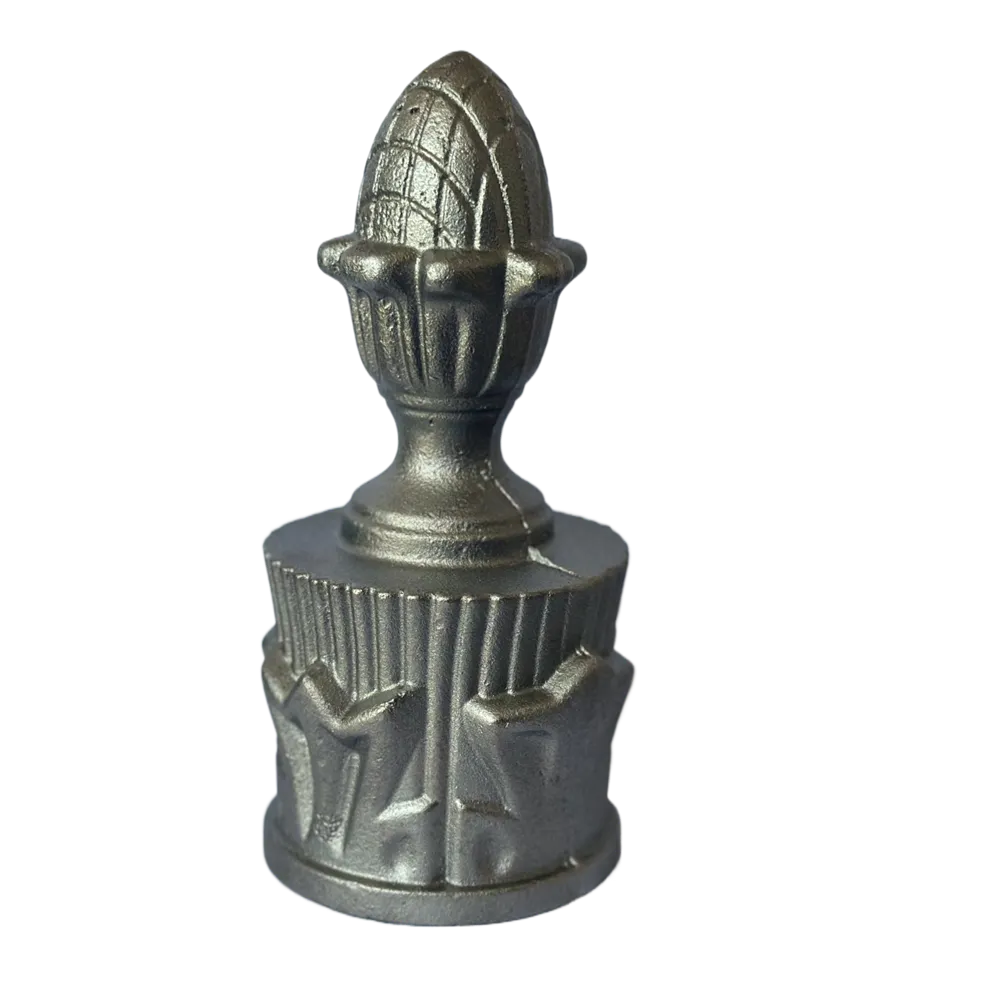replacing sliding screen door tension roller
Replacing the Tension Roller on a Sliding Screen Door
Sliding screen doors serve an essential purpose in enhancing the functionality of our homes. They allow us to enjoy fresh air while keeping insects at bay, creating a perfect balance between nature and comfort. However, like any other component, sliding screen doors may encounter issues over time. One common problem is a malfunctioning tension roller, which can make it difficult to open and close the door effectively. Fortunately, replacing the tension roller is a manageable DIY task that can restore the functionality of your screen door without breaking the bank.
Understanding the Tension Roller
The tension roller is a small but vital component located at the bottom of the sliding screen door. It allows the door to glide smoothly along the track while maintaining the right amount of tension to keep it closed. If you notice that your sliding screen door is misaligned, won’t stay in position, or has become hard to open or close, the tension roller may need to be replaced.
Tools and Materials Needed
Before getting started, gather the following tools and materials
1. New tension rollers (make sure to buy the correct type for your specific screen door model) 2. Screwdriver (flathead and Phillips, depending on the screws) 3. Pliers 4. Utility knife 5. Measuring tape 6. Safety goggles
Step-by-Step Guide to Replace the Tension Roller
Step 1 Preparing the Work Area
Begin by ensuring your workspace is clean and free from distractions. Open your sliding screen door as far as it will go, and if necessary, remove any items around the door frame that could obstruct your work.
Step 2 Removing the Screen Door
- To remove the screen door, grasp both sides and lift it slightly to disengage the top from the track
. Angle the bottom outwards and pull the screen door free from the frame, set it down gently in a cushioned area to avoid scratches.replacing sliding screen door tension roller

Step 3 Inspecting the Roller
With the door removed, locate the tension rollers at the bottom. You might need to remove a cover or protective shield to access them. Inspect the rollers for wear and tear. If they’re damaged or not functioning correctly, they will need to be replaced.
Step 4 Removing the Old Roller
Using the appropriate screwdriver, unscrew the old tension roller from its bracket. Keep the screws, as you may need them to install the new roller. Carefully pull out the old roller and set it aside.
Step 5 Installing the New Roller
Take your new tension roller and, using the screws you just removed, attach it to the roller bracket. Ensure that it is firmly secured. If your screen door has an adjustable roller, make sure to adjust it according to your screen door's height requirements.
Step 6 Reinstalling the Screen Door
Now that the new tension roller is in place, it’s time to reinstall the screen door. Lift the door back to the track, ensuring the top sets firmly in place. Angle the bottom back into the frame, ensuring that it’s aligned properly and glides smoothly.
Step 7 Testing the Door
Once reinstalled, test the sliding screen door by opening and closing it several times. Make adjustments to the tension roller if necessary to ensure that the door operates smoothly and remains in its closed position.
Conclusion
Replacing the tension roller of a sliding screen door may seem daunting, but with the right tools and a little patience, it is an achievable task for most homeowners. Not only will a new roller ensure a smoother operation of your screen door, but it will also prolong the life of the door itself. Regular maintenance and timely replacement of worn-out parts can keep your home inviting, comfortable, and pest-free. Enjoy the fresh air once again!
-
Wrought Iron Components: Timeless Elegance and Structural StrengthNewsJul.28,2025
-
Window Hardware Essentials: Rollers, Handles, and Locking SolutionsNewsJul.28,2025
-
Small Agricultural Processing Machines: Corn Threshers, Cassava Chippers, Grain Peelers & Chaff CuttersNewsJul.28,2025
-
Sliding Rollers: Smooth, Silent, and Built to LastNewsJul.28,2025
-
Cast Iron Stoves: Timeless Heating with Modern EfficiencyNewsJul.28,2025
-
Cast Iron Pipe and Fitting: Durable, Fire-Resistant Solutions for Plumbing and DrainageNewsJul.28,2025
-
 Wrought Iron Components: Timeless Elegance and Structural StrengthJul-28-2025Wrought Iron Components: Timeless Elegance and Structural Strength
Wrought Iron Components: Timeless Elegance and Structural StrengthJul-28-2025Wrought Iron Components: Timeless Elegance and Structural Strength -
 Window Hardware Essentials: Rollers, Handles, and Locking SolutionsJul-28-2025Window Hardware Essentials: Rollers, Handles, and Locking Solutions
Window Hardware Essentials: Rollers, Handles, and Locking SolutionsJul-28-2025Window Hardware Essentials: Rollers, Handles, and Locking Solutions -
 Small Agricultural Processing Machines: Corn Threshers, Cassava Chippers, Grain Peelers & Chaff CuttersJul-28-2025Small Agricultural Processing Machines: Corn Threshers, Cassava Chippers, Grain Peelers & Chaff Cutters
Small Agricultural Processing Machines: Corn Threshers, Cassava Chippers, Grain Peelers & Chaff CuttersJul-28-2025Small Agricultural Processing Machines: Corn Threshers, Cassava Chippers, Grain Peelers & Chaff Cutters












